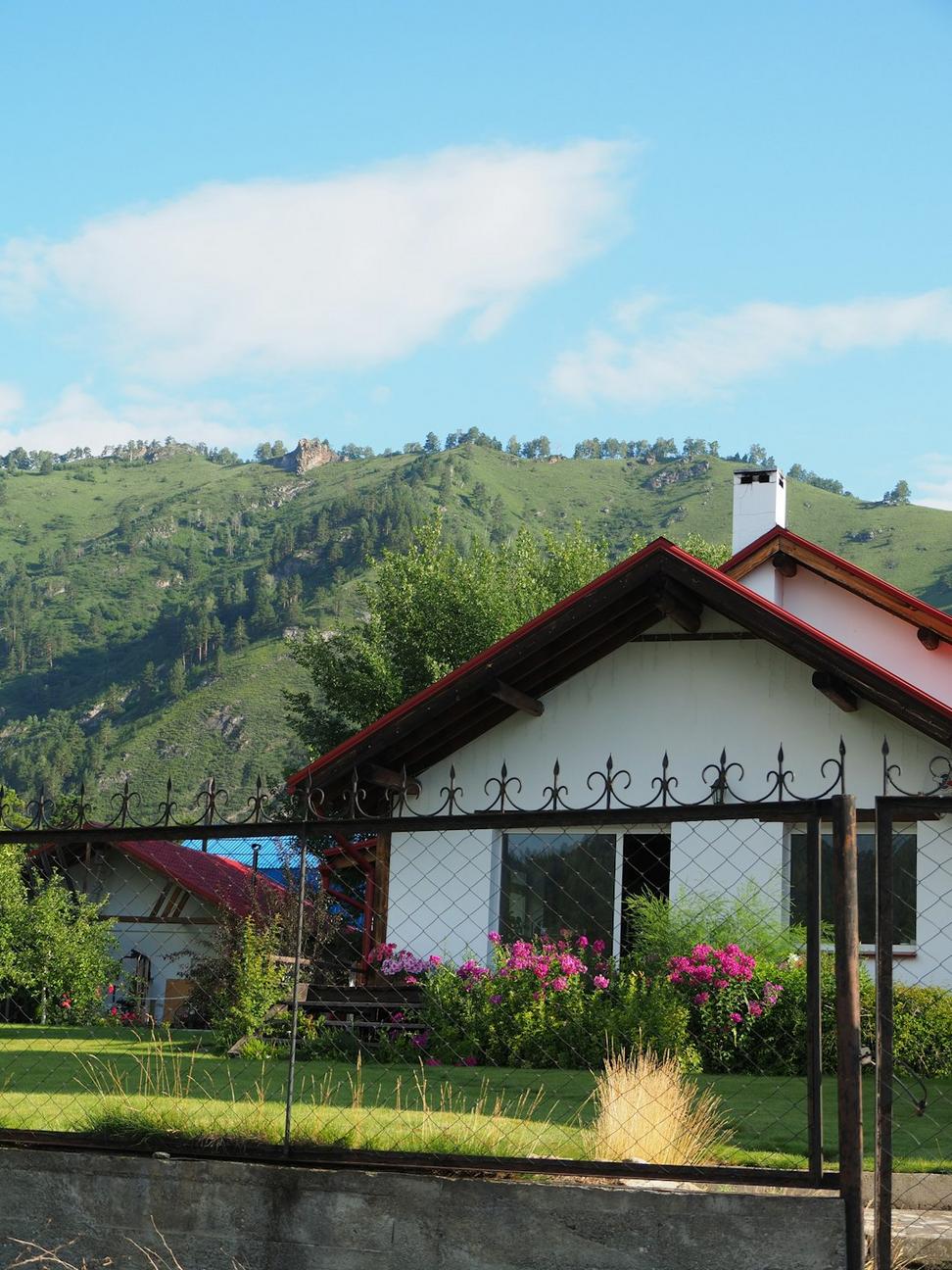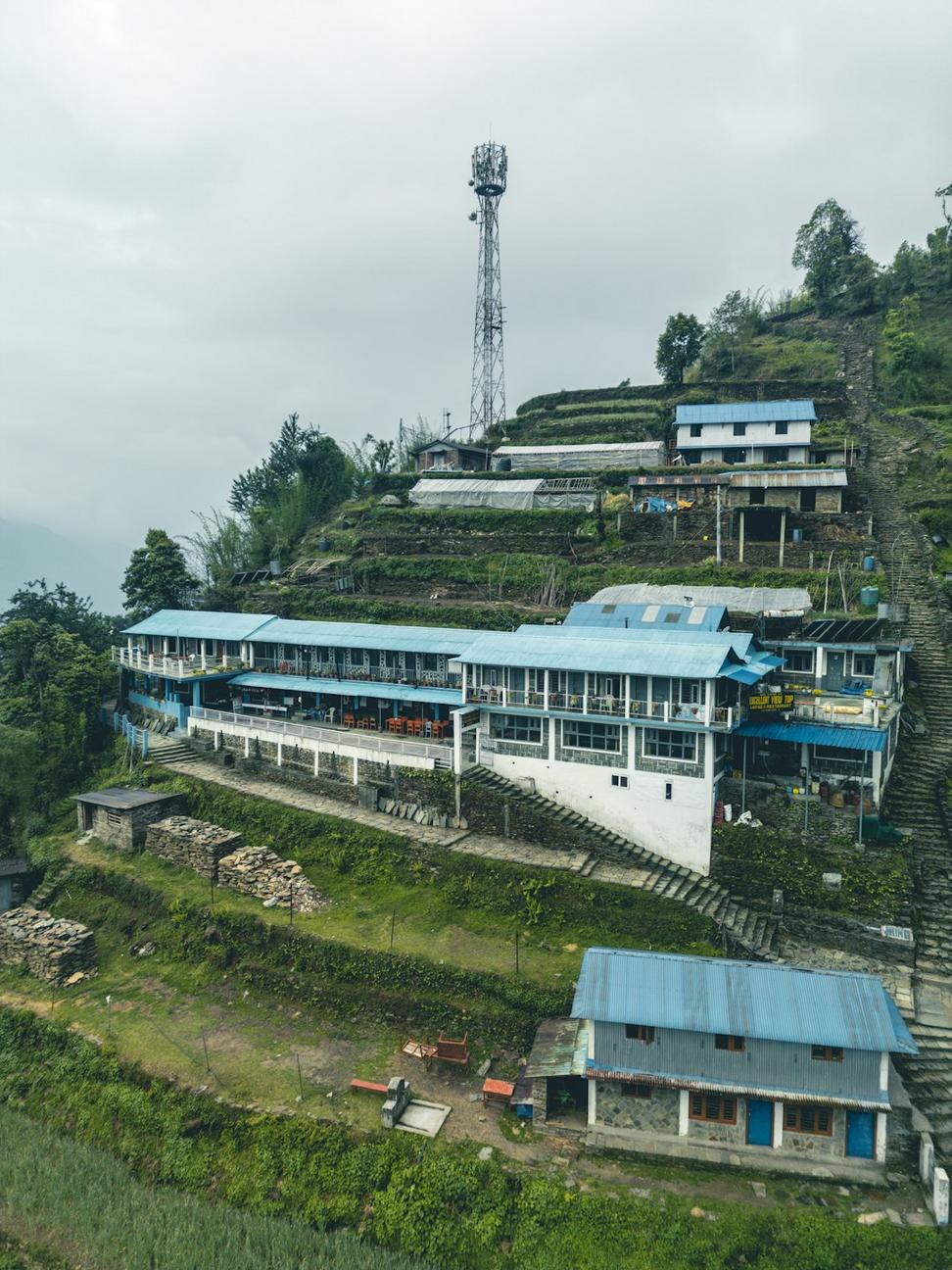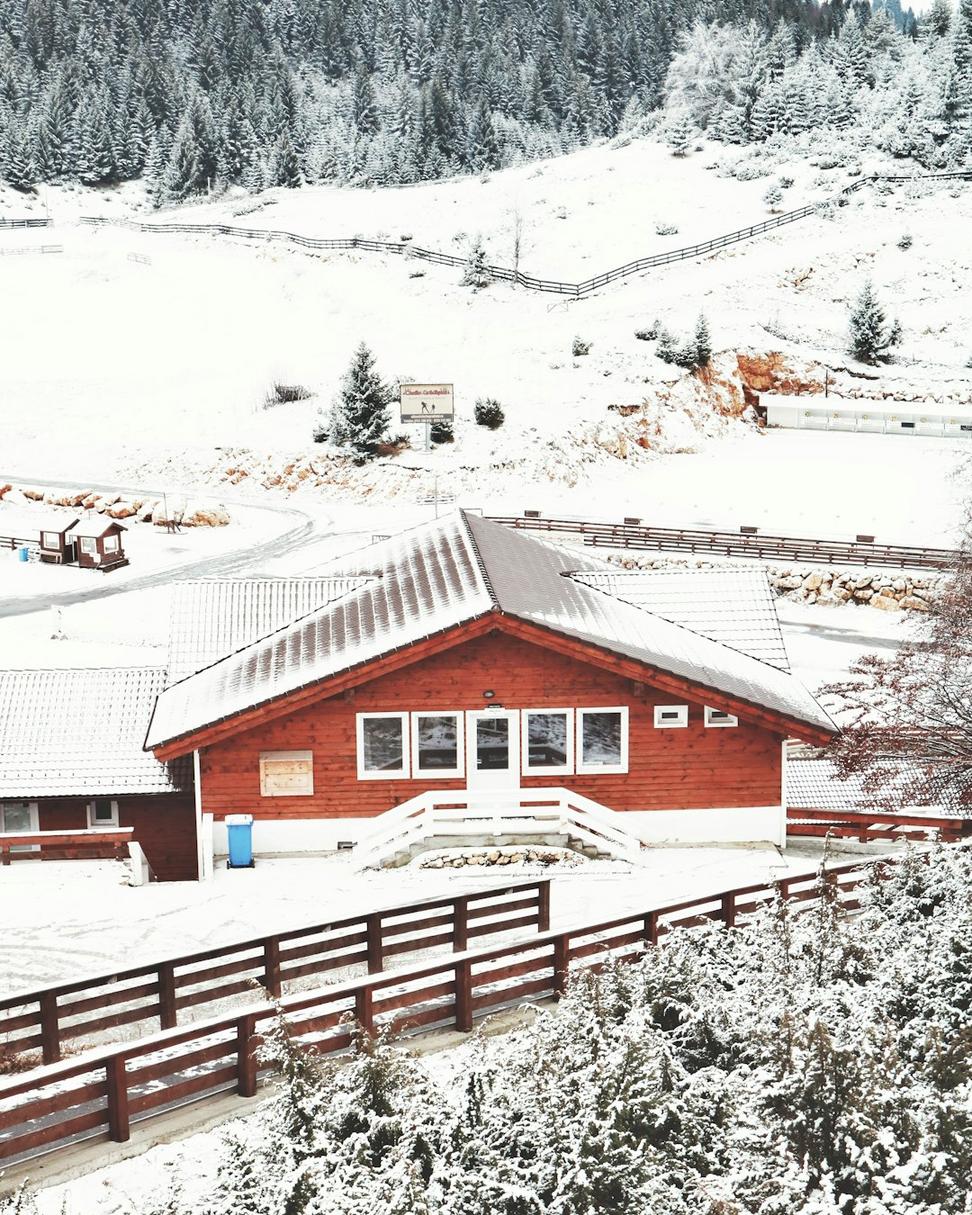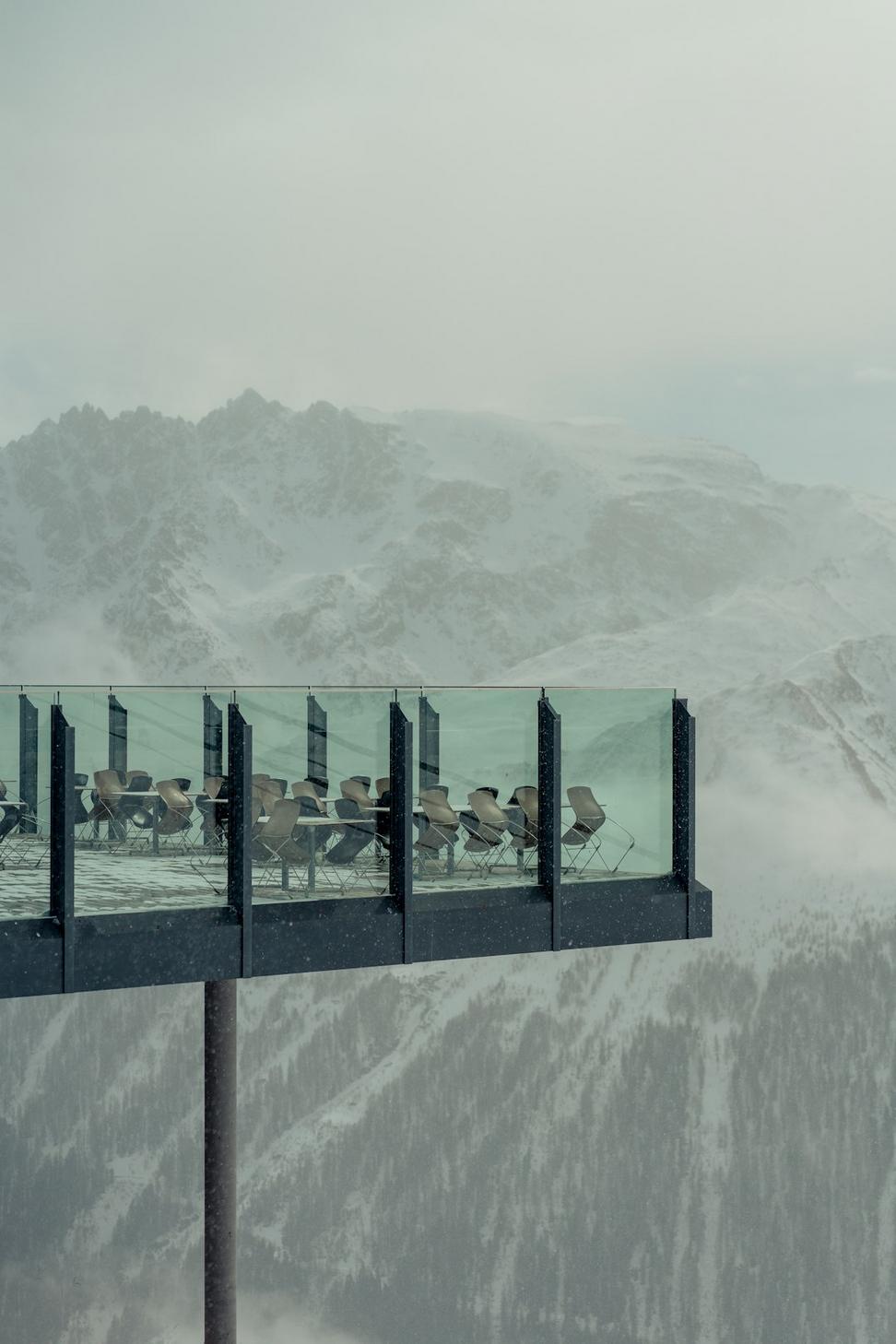
Our Story
Where alpine passion meets architectural innovation

Where alpine passion meets architectural innovation
Look, I'll be honest - this whole thing started because we were tired of seeing cookie-cutter chalets that ignored everything the mountains were trying to tell us.
Back in 2011, Sarah and I were working for different firms in Vancouver. She'd come back from site visits in Whistler frustrated with designs that fought against the landscape instead of working with it. I was dealing with clients who wanted "mountain homes" that were basically suburban houses with bigger windows.
We met at a conference on sustainable building practices - yeah, I know, riveting stuff - and discovered we'd both been sketching the same kinds of ideas on napkins for years. Buildings that didn't just sit on a mountain but actually belonged there. Structures that could handle brutal winters without guzzling energy like there's no tomorrow.

Quick facts:
• Founded 2012 in North Vancouver
• 47+ alpine projects completed
• Every building we design, we'd live in ourselves
• We spend at least one week annually in backcountry huts studying how simple structures handle extreme conditions

Our first real project was for Sarah's uncle up near Pemberton. He wanted a retirement place that wouldn't cost a fortune to heat and could handle the snowload without constant maintenance. No pressure, right?
We spent three weeks on that site in different seasons before we drew a single line. Watched where snow accumulated, where the wind patterns changed, how the light moved. The local building inspector thought we were nuts.
That building's been standing for 13 years now. His heating bills are lower than his old place in Burnaby. And yeah, we're still pretty smug about it.
Architecture in the mountains isn't about making a statement - it's about listening. The site tells you what it needs, what it can handle, where it wants a building to sit.
We're not interested in trophy homes that need an army of maintenance workers. If a design can't work with the natural drainage, thermal mass, and wind patterns, we go back to the drawing board.
Sustainability isn't a buzzword for us. It's just... practical. Why would you build something that fights its environment every single day? That's exhausting and expensive.
Our team's grown to twelve people now, and everyone here has gotten frostbite at least once doing site assessments. We've got structural engineers who backcountry ski, landscape architects who've worked on alpine restoration projects, and energy consultants who genuinely get excited about thermal bridging solutions.
Every site visit feels like detective work. We're looking for clues the land leaves us.
Before we design anything, we're up there in different weather, different times of day. We need to know how that specific piece of mountain behaves. Where does the snow slide off? Where does water want to go? What's the view at 7am in February versus 8pm in July? This stuff matters more than you'd think.
Sure, everyone loves thinking about those bluebird powder days. But we're designing for the day when it's -25, the power's out, and there's three meters of snow on the roof. If a building can handle that gracefully, everything else is easy.
We work with builders, suppliers, and contractors who've been in these mountains for decades. They know things you can't learn from engineering manuals - like which valleys get freak windstorms or where the frost line actually sits (hint: it's not always where the code says it should be).
We're picky about what goes into our buildings. Locally-sourced timber when possible, materials that age well instead of just falling apart, systems that can actually be serviced without airlifting in specialists. Beautiful doesn't mean high-maintenance.

Honestly? Our favorite clients are the ones who ask tough questions. The ones who want to understand why we're suggesting a building sits at a certain angle or why we're obsessing over roof overhangs.
We've done homes for retired couples who want one last mountain adventure. Young families who need space to grow but don't want to wreck the hillside. Folks renovating heritage cabins that deserve respect, not demolition. Even a few commercial projects for ski hills and outdoor education centers.
What they all have in common? They get that building in the mountains is different. They're willing to let the site influence the design. And they understand that "sustainable" doesn't mean sacrificing comfort - it usually means enhancing it.
If you're looking for someone to rubber-stamp your Pinterest board, we're probably not the right fit. But if you want a building that'll still be standing strong for your grandkids, that works with the mountain instead of against it, and that doesn't make you cringe when the utility bills arrive - yeah, let's talk.
Come by the studio. We've got models, sketches, and way too much coffee. Plus, the view's not bad.
Get in Touch